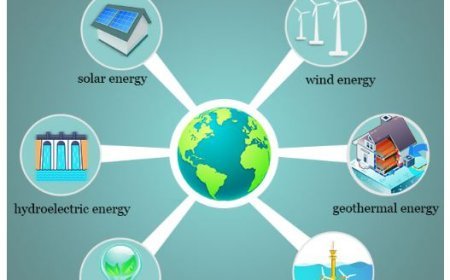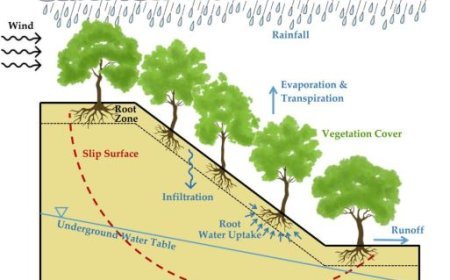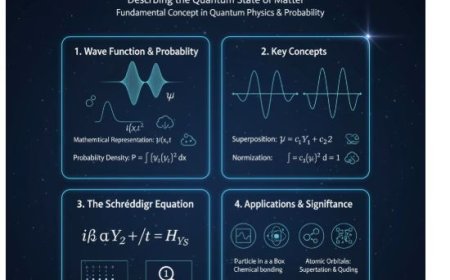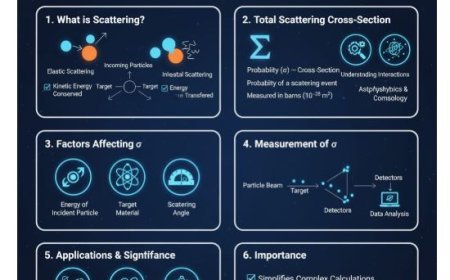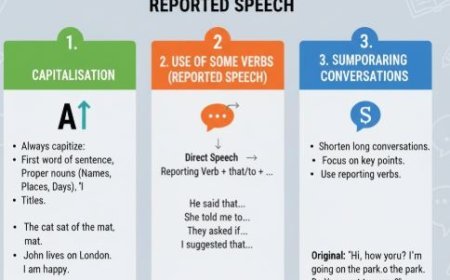MASS EXTINCTIONS AND THEIR CAUSES
Investigate the causes and consequences of mass extinctions, from asteroid impacts to climate change.
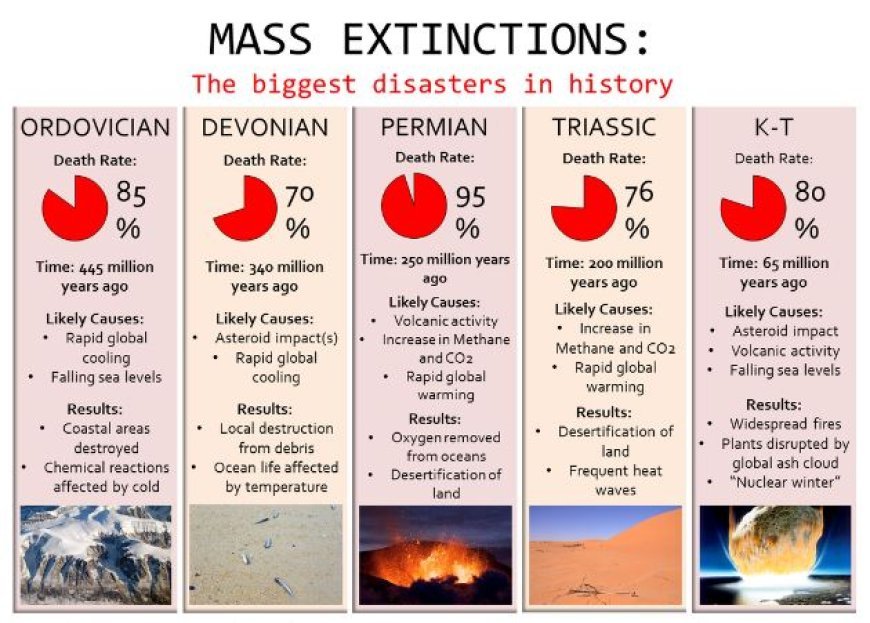
Mass extinctions and their causes
- Mass extinctions are important occurrences in Earth's history that cause a great number of species to perish in a short period of time.
- Understanding these occurrences is critical to comprehending the processes of biodiversity, evolution, and ecological equilibrium.
- Mass extinctions
- A mass extinction is when at least 75% of a species on Earth becomes extinct.
- Historical context: Earth's five great mass extinctions shaped life's development.
2. The Big Five Mass Extinctions
1. The Ordovician-Silurian Extinction occurred around 443 million years ago
- Caused by climate change and declining sea levels.
- Approximately 85% of species, including marine species, were gone.
- Late Devonian Extinction (about 375 million years ago)
- Possible causes include climate change, low oxygen levels, and asteroid impacts.
- The extinction of about 75% of species had a profound impact on marine life.
- The Permian-Triassic Extinction occurred around 252 million years ago
- Causes include volcanic eruptions, climatic change, and ocean anoxia.
- The most devastating extinction, with approximately 96% of all species being extinct.
- Triassic-Jurassic Extinction (about 201 million years ago)
- Causes include volcanic activity and climate change.
- Dinosaurs arose as a result of the extinction of around 80% of species.
- The Cretaceous-Paleogene Extinction occurred around 66 million years ago
- Cause: meteor impact and volcanic activity.
- Impact: Approximately 75% of species, including dinosaurs, were eradicated.
3. The causes of mass extinctions.
- Mass extinctions are caused by a multitude of factors, many of which are connected.
The key factors are:
a. Environmental changes
- Climate Change: Temperature fluctuations can affect ecosystems and food supplies.
- Sea level fluctuations can harm coastal and marine habitats.
- Increased CO2 levels cause ocean acidification, hurting marine life.
b. Asteroid impacts
- Impact craters indicate that asteroid or comet encounters can cause catastrophic extinctions.
- The Chicxulub impact played a crucial role in the demise of dinosaurs.
c. Volcanic Activity
- Large eruptions can emit gases that disrupt climatic patterns, causing habitat loss.
- The Siberian Traps eruption corresponds to the Permian-Triassic extinction.
d. Biological factors
- Invasive species can compete with native species in new areas.
- Disease outbreaks may destroy populations, especially if species lack resistance.
4. Implications for Biodiversity
- Loss of biodiversity can render ecosystems vulnerable and less responsive to change.
- The extinction of one species can set off a chain reaction that affects several others.
What's Your Reaction?









